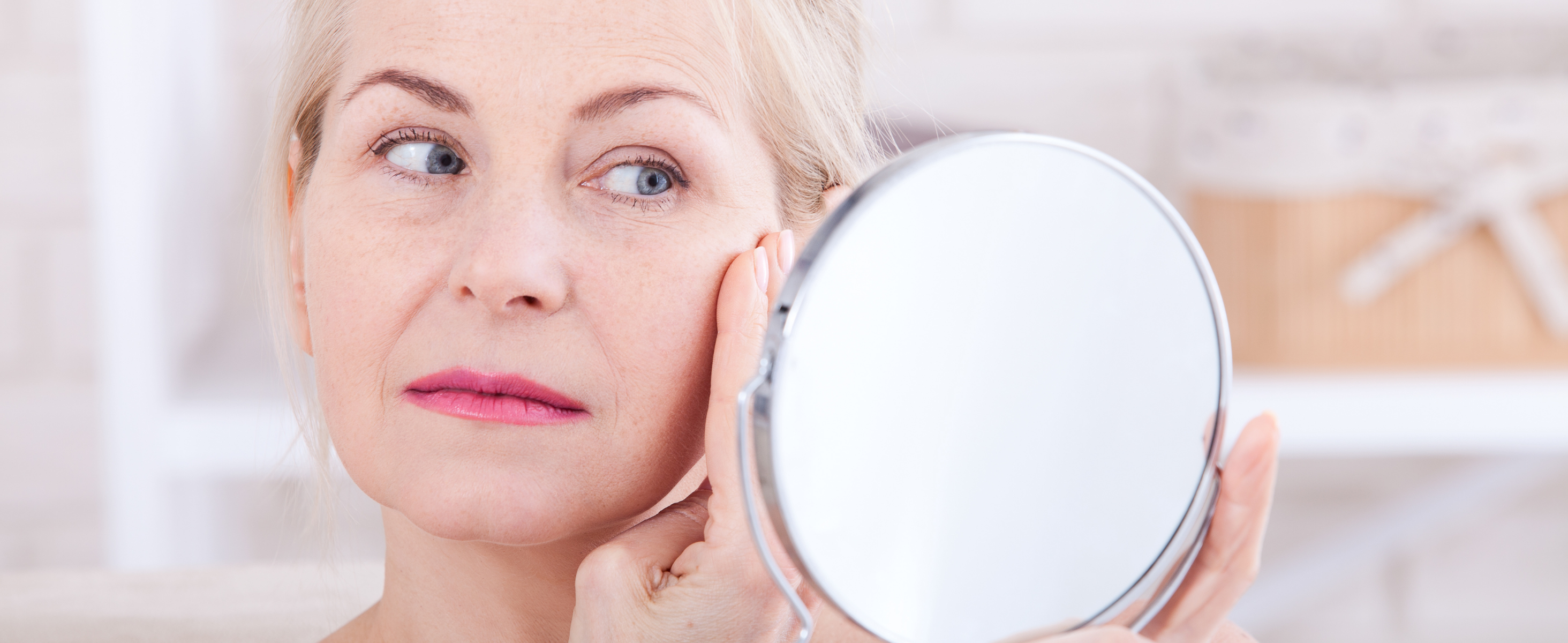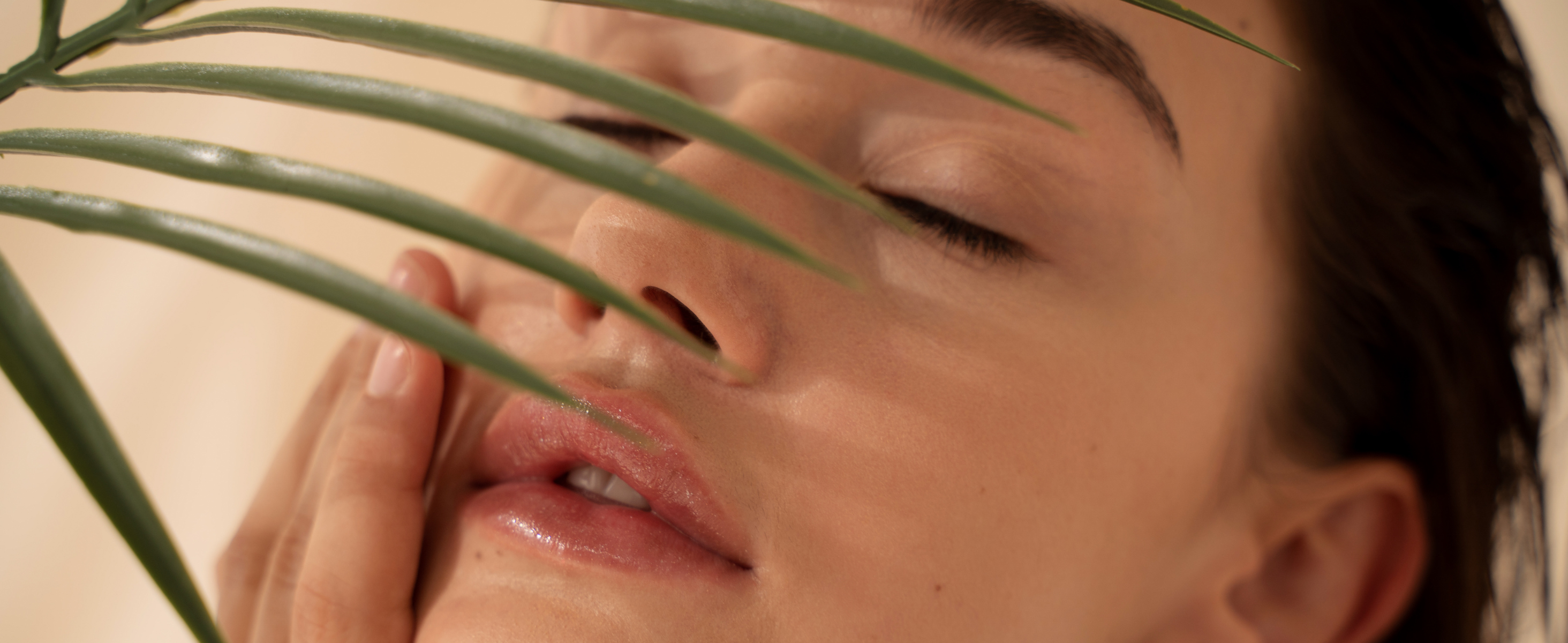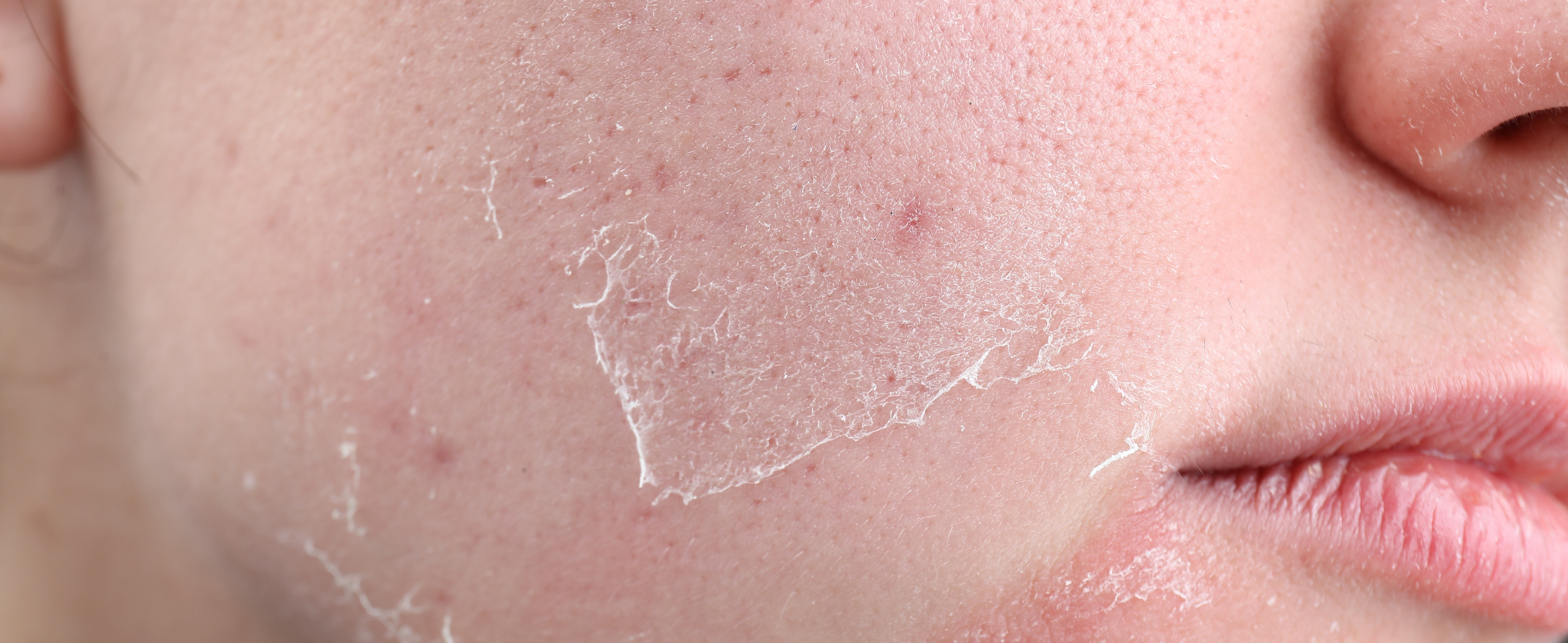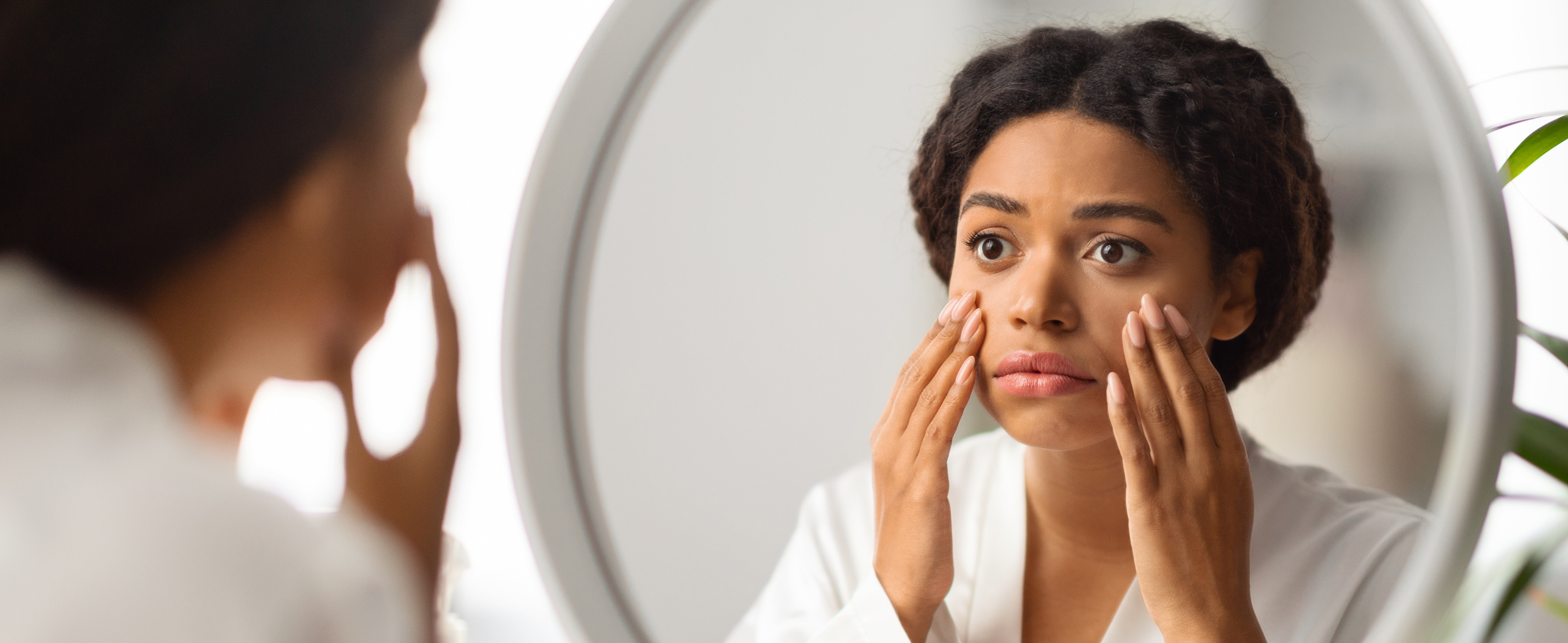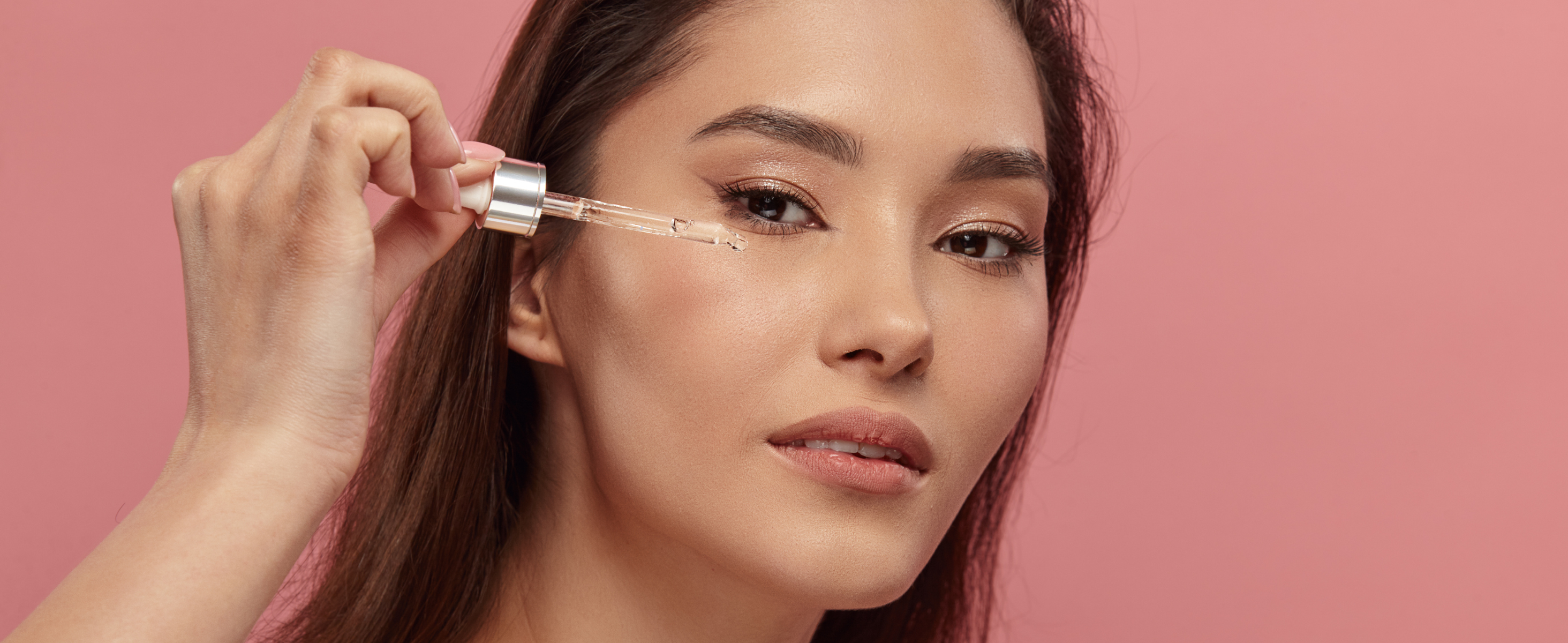Dark circles under the eyes are more than just a cosmetic concern—they can be a signal that your lifestyle habits are affecting your overall skin health. While genetics and aging certainly play a role, your day-to-day behaviors may be the main reason those pesky shadows won’t go away.
If you’ve been wondering why you look tired even after a full night’s sleep or why your concealer no longer hides those under-eye circles, it might be time to evaluate your habits. Let’s take a closer look at how your lifestyle could be contributing to dark circles—and what you can do about it.
Common Lifestyle Factors Behind Dark Circles
1. Lack of Sleep
This one’s no surprise. When you don’t get enough quality sleep, your blood vessels can dilate, making the skin under your eyes look darker. Fatigue also causes fluid to accumulate, resulting in puffiness and shadows.
What to do: Aim for 7–9 hours of uninterrupted sleep each night. Create a calming bedtime routine, reduce screen time before bed, and keep your room cool and dark to improve sleep quality.
2. Stress and Anxiety
Chronic stress can disrupt your sleep, increase inflammation, and accelerate skin aging—all of which can worsen dark circles.
What to do: Incorporate daily stress-relievers like deep breathing, walking, journaling, or meditation. Even 10 minutes a day can make a big difference for your skin (and mind).
3. Dehydration
When your body lacks water, your skin becomes dull and your eyes appear sunken and shadowed. Dehydration also weakens skin elasticity and volume, making dark circles more visible.
What to do: Drink at least 8 glasses (about 2 liters) of water daily. If plain water isn’t your favorite, try herbal teas or water infused with cucumber or citrus.
4. Poor Diet
A diet high in salt, sugar, alcohol, or processed foods can lead to puffiness and inflammation. Nutrient deficiencies—especially in iron, vitamin C, and vitamin K—can also contribute to dark under-eyes.
What to do: Focus on a balanced diet rich in leafy greens, berries, whole grains, nuts, and lean proteins. Reduce your sodium and alcohol intake to minimize water retention and bloating around the eyes.
5. Excessive Screen Time
Staring at a computer or phone for hours can cause eye strain and fatigue, making the skin around your eyes look darker and more tired.
What to do: Use the 20-20-20 rule: every 20 minutes, look at something 20 feet away for 20 seconds. Also, adjust screen brightness and use blue light filters if possible.
6. Sun Exposure
UV rays can cause hyperpigmentation and speed up collagen loss, especially under the thin skin of the eyes.
What to do: Always apply a broad-spectrum SPF 30 or higher, even on cloudy days. Don’t forget to wear sunglasses and wide-brimmed hats when outdoors.
7. Smoking and Alcohol
Smoking restricts blood flow and depletes your skin of oxygen and essential nutrients. Alcohol dehydrates the skin and increases inflammation—two major contributors to dark circles.
What to do: Cut back or quit altogether. Your skin (and overall health) will thank you. Even reducing your intake can have a noticeable effect on your skin’s brightness and clarity.
Skincare Habits to Support Brighter Eyes
While lifestyle changes are essential, the right skincare can also help minimize the appearance of dark circles.
1. Use Eye Creams with Proven Ingredients
Look for products that contain:
- Caffeine – reduces puffiness and improves circulation
- Vitamin C – brightens skin and evens tone
- Retinol – boosts collagen production
- Hyaluronic Acid – hydrates and plumps skin
- Niacinamide – reduces pigmentation and smooths texture
Apply gently with your ring finger to avoid tugging on the delicate under-eye area.
2. Cold Compress or Chilled Tea Bags
Applying something cool to the area helps constrict blood vessels, reduce swelling, and temporarily improve the look of dark circles.
DIY tip: Chill green tea bags and place them over closed eyes for 10–15 minutes.
3. Massage the Eye Area
Lymphatic drainage massage can reduce fluid buildup and improve circulation. Using an eye roller or your fingers, gently massage in outward motions from the inner corners of your eyes.
When to See a Dermatologist
If lifestyle changes and over-the-counter treatments aren’t working, you might be dealing with hereditary pigmentation or structural issues. In that case, a dermatologist can recommend:
- Prescription creams
- Laser treatments
- Chemical peels
- Fillers
- Eyelid surgery (blepharoplasty)
These professional options target deeper causes of dark circles and can provide more lasting results.
Final Thoughts
Dark circles can be frustrating, but they’re often a reflection of what’s happening inside your body and your daily habits. By addressing the root causes—like poor sleep, diet, dehydration, and sun exposure—you can significantly reduce their appearance over time.
Making small, consistent changes to your lifestyle and skincare routine can lead to brighter, healthier-looking eyes. And remember, your eyes reflect your overall health—treat your body well, and your skin will follow.


